I got this circuit from an example.

simulate this circuit – Schematic created using CircuitLab
What kind of circuit is this? I know its an RC circuit and I also know that its designed to be a simple switch debounce circuit.
Is it also a kind of filter circuit? (low-pass/high-pass/etc.)
The EXAMPLE stated that this is one simple version of a debounce circuit.
How does this circuit help eliminate contact bounce?
If it does eliminate contact bounce:
How much bounce will this current setup eliminate? What will the voltage and current be at "A"?
If I want to try to eliminate contact bounce within the first 10 ms, how can I design this circuit to do that? 20 ms?
What kinds of potential side effects could I see from this circuit?
Sorry I am noob and not EE.
